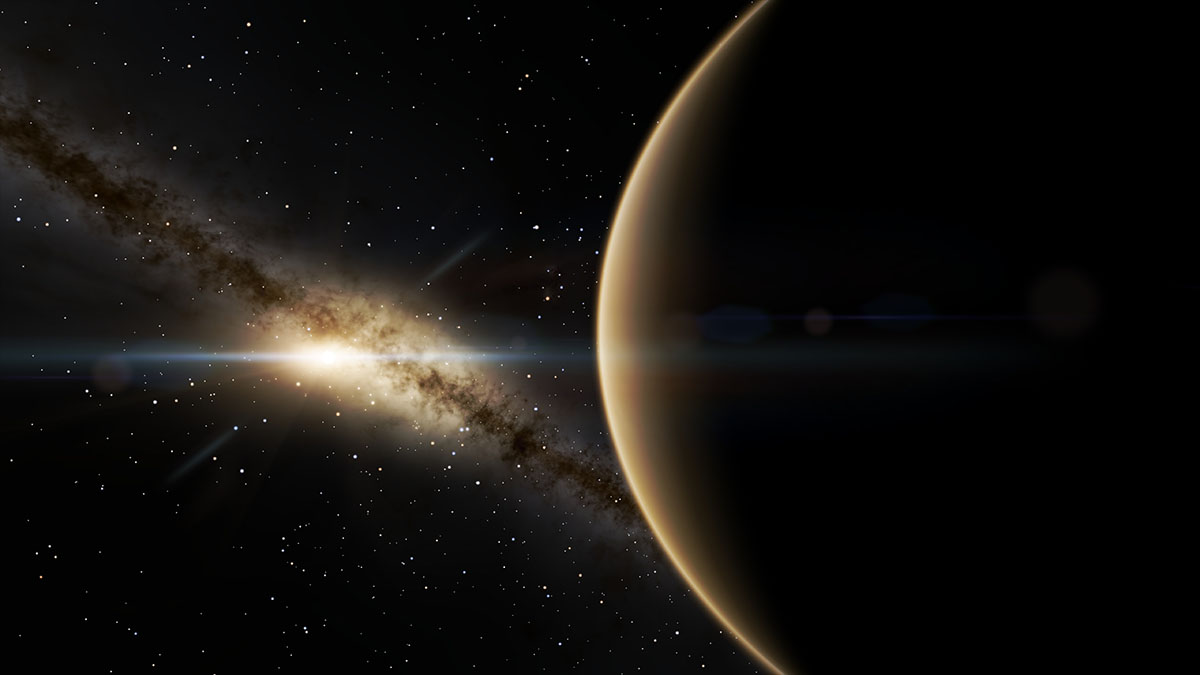esa launches two more time machines

While astronauts pay one last visit to the Hubble, ESA launched Herschel and Planck, a pair of observatories what will travel to the second Lagrangian point or L2, where the gravity of the Earth and the Sun will keep them stationary. As they assume theirs orbit some 1.5 million kilometers away, Herschel will study the birth of stars and galaxies, and Planck will look all the way back to the very first light emitted after the observable universe’s Dark Age came to an end. And because light travels at a finite speed, they’ll be literally looking back in time.
The telescopes will offer resolutions much greater than any space observatory before them and will give new insights into the mechanics of our universe. If Planck can map cosmic microwave background radiation with enough detail, it will help us get a better idea of how the Big Bang actually happened. At a time when people are debating the merits of science education and whether science can uncover any of the really big, existential questions, scientists are launching what could only be described as time machines to help answer who we are and where we came from.
But of course, the big problem is whether people are willing to accept the answers they find. There are those who’d rather leave the universe a mystery since they’re afraid that reality won’t live up to all their expectations and rather than be disappointed, they’ll stick to their own ideas.





